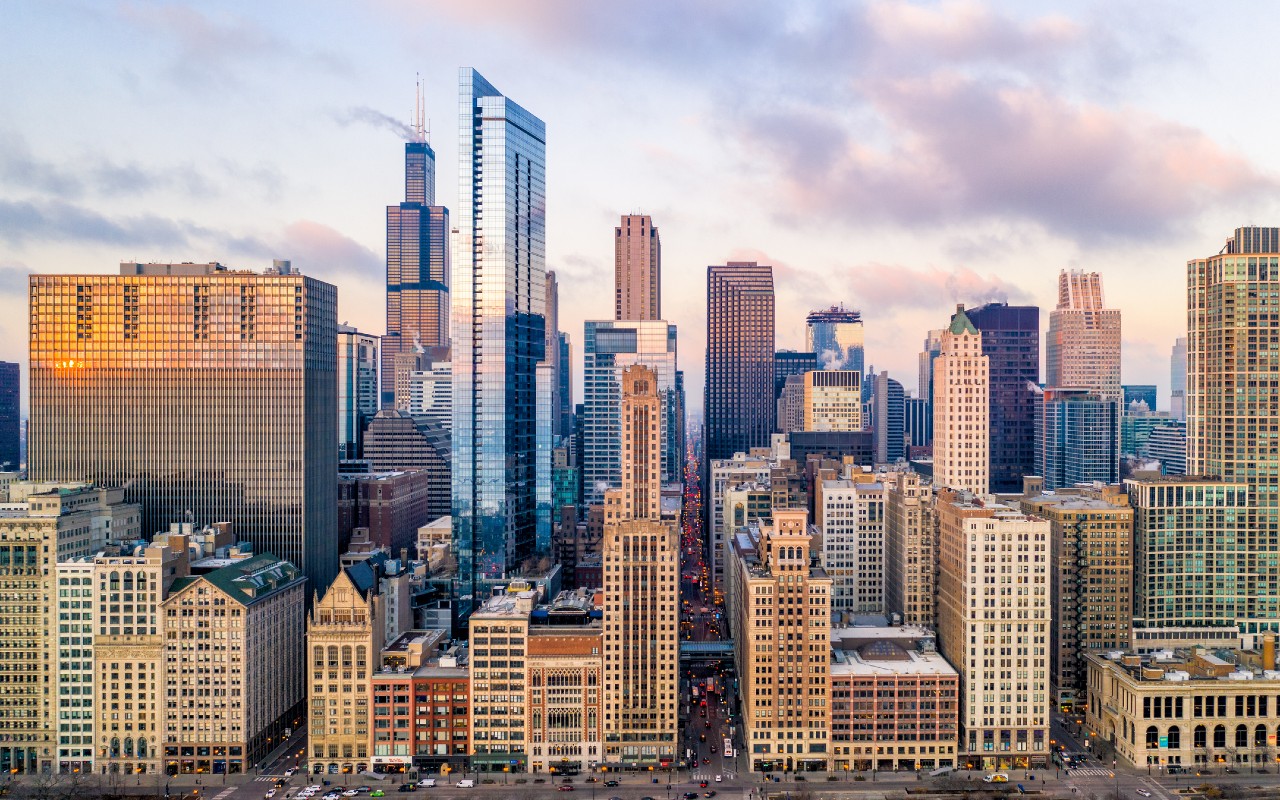One of the year’s most prolific meteor showers will hit its peak on Thursday night and into Friday morning, but will Chicago-area residents be able to see the show?
The Perseid meteor shower, which occurs annually when the Earth moves through the trail left behind by the Swift-Tuttle comet, can lead to 60 to 100 meteors per hour at its peak.
Stargazers will have to do a few things to give themselves the maximum opportunity to see it, however. Here's what we know so far.
The Forecast
Feeling out of the loop? We'll catch you up on the Chicago news you need to know. Sign up for the weekly Chicago Catch-Up newsletter here.
As of Wednesday afternoon, the forecast remains for mostly clear skies on Thursday night and into Friday morning, meaning that cloud cover likely won't be a significant obstacle in seeing the meteor shower.
The Challenges
Even with clear skies, there will be at least one obstacle to contend with: the Sturgeon Supermoon. The final supermoon of 2022 will be in the sky on Thursday night and into Friday morning, and the bright light of the full moon could potentially scrub out some of the fainter streaks of light in the sky from the Perseids.
Local
How to Overcome That Issue
Fortunately for those interested in spotting meteors, experts say there are a few things you can do to see them.
First, the peak of the show will occur after midnight, meaning that the "radiant point" of the meteor shower will be higher in the eastern horizon and the moon will be lower in the western horizon, providing for darker skies.
In addition to venturing out early Friday morning and looking to the east, stargazers should also try to get away from city lights as much as possible to see the show, according to experts.
Finally, officials at the Adler Planetarium are advising residents to give themselves plenty of time to adjust to the darkness. It can take the human eye 20 to 30 minutes to adjust to the darkness, and once it does, you’ll likely be able to see several meteors per minute.
More Information About the Perseids
The meteor shower is named the "Perseids" because it appears to originate from the same spot in the night sky as the constellation Perseus, according to NASA.
The shower is also unique from other annual events, including the Geminids and the Quadrantids, because it occurs during the summer, when it’s warmer and generally more pleasant to sit outside. Those latter showers take place during December and January, respectively.
Finally, the reason that astronomers recommend looking toward the east to see the most meteors is because it’s that side of the horizon that is on the leading edge of the Earth’s rotation on its axis, and therefore catches more meteoroids than the opposite side.



